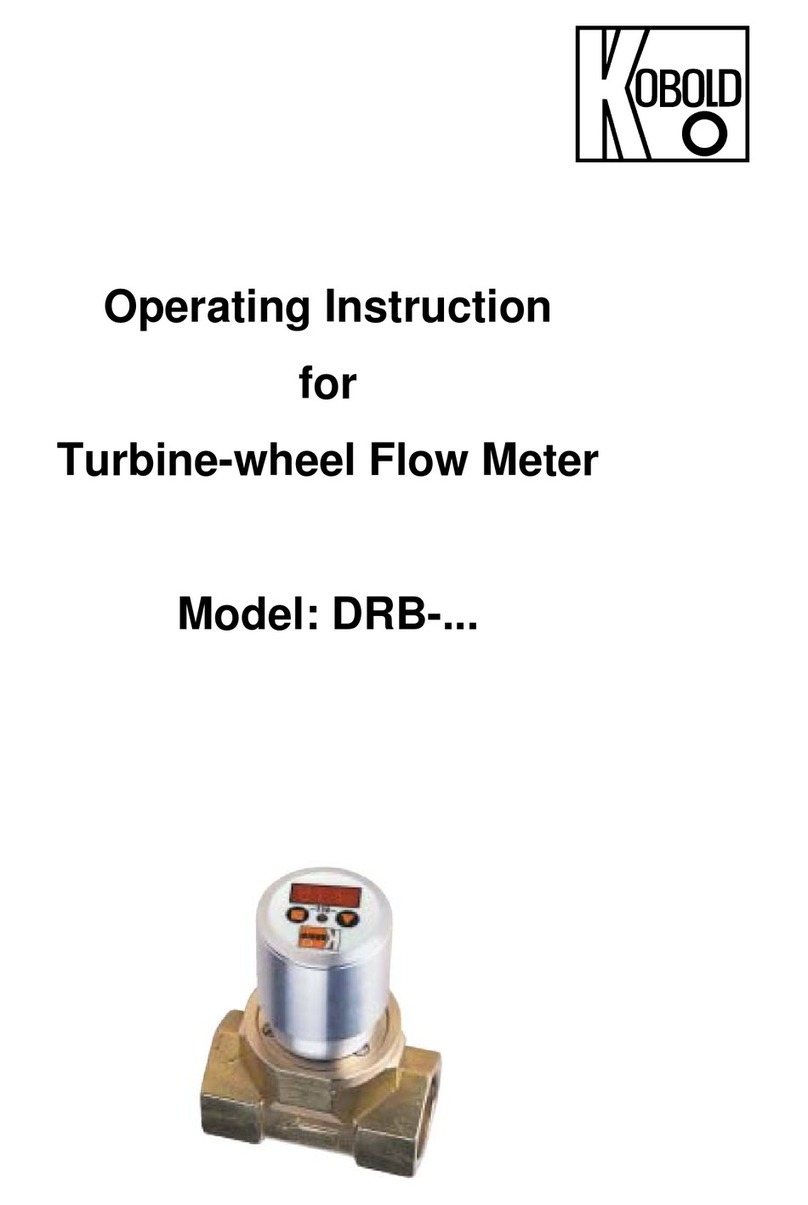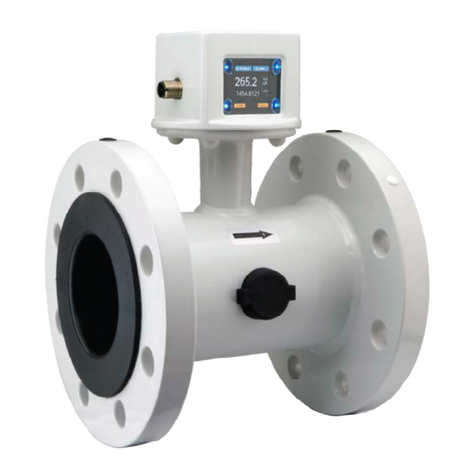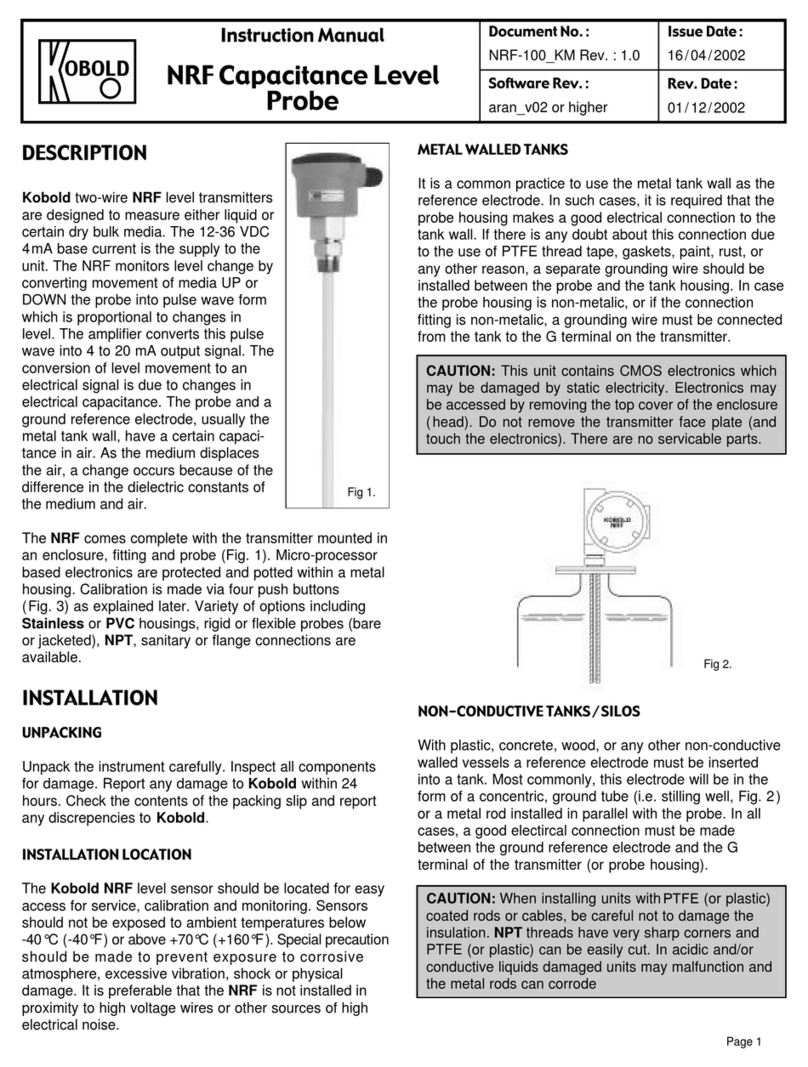Kobold NMF User manual
Other Kobold Measuring Instrument manuals

Kobold
Kobold DRS-9180 Series User manual
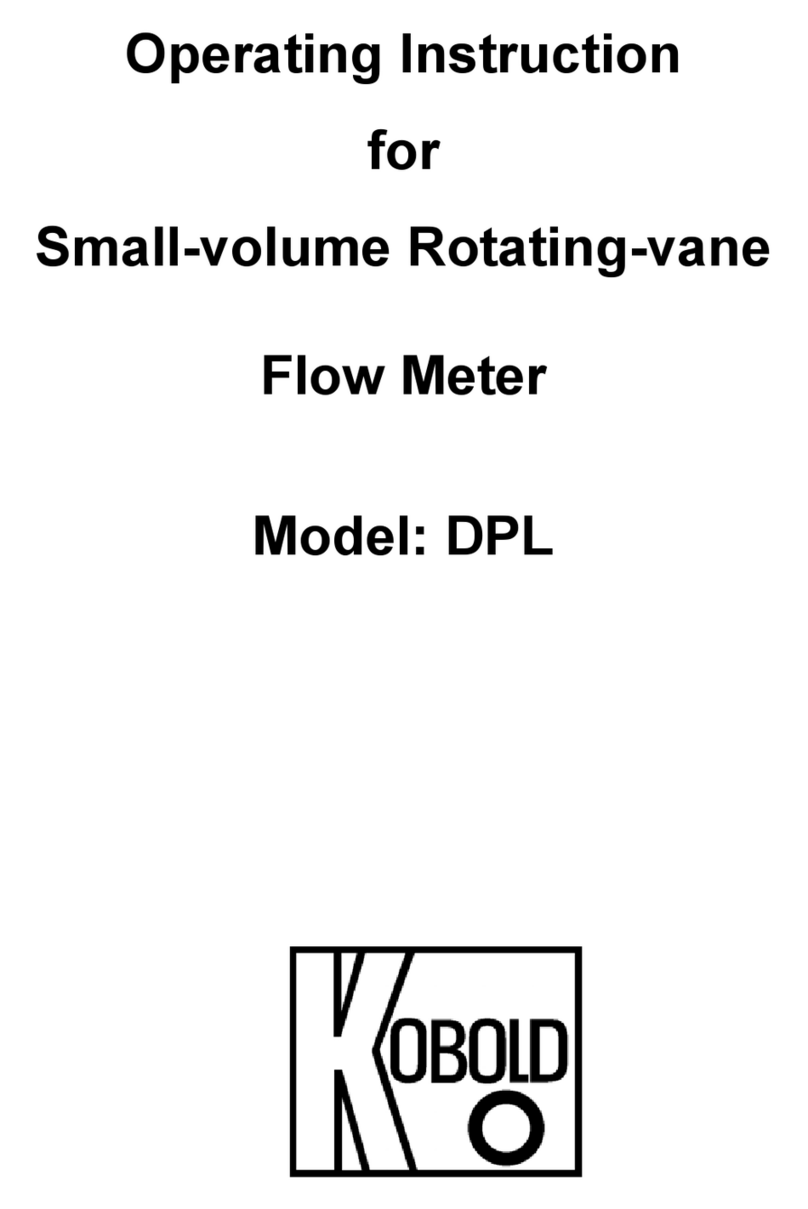
Kobold
Kobold DPL User manual
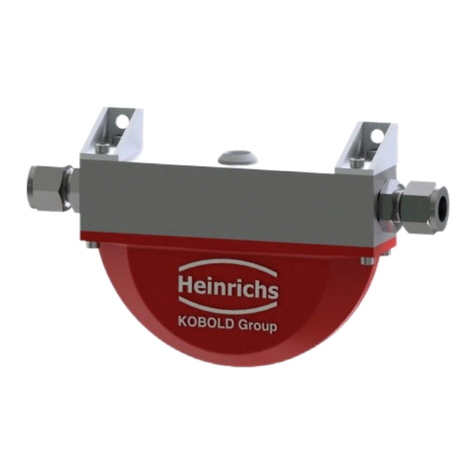
Kobold
Kobold Heinrichs HPC User manual
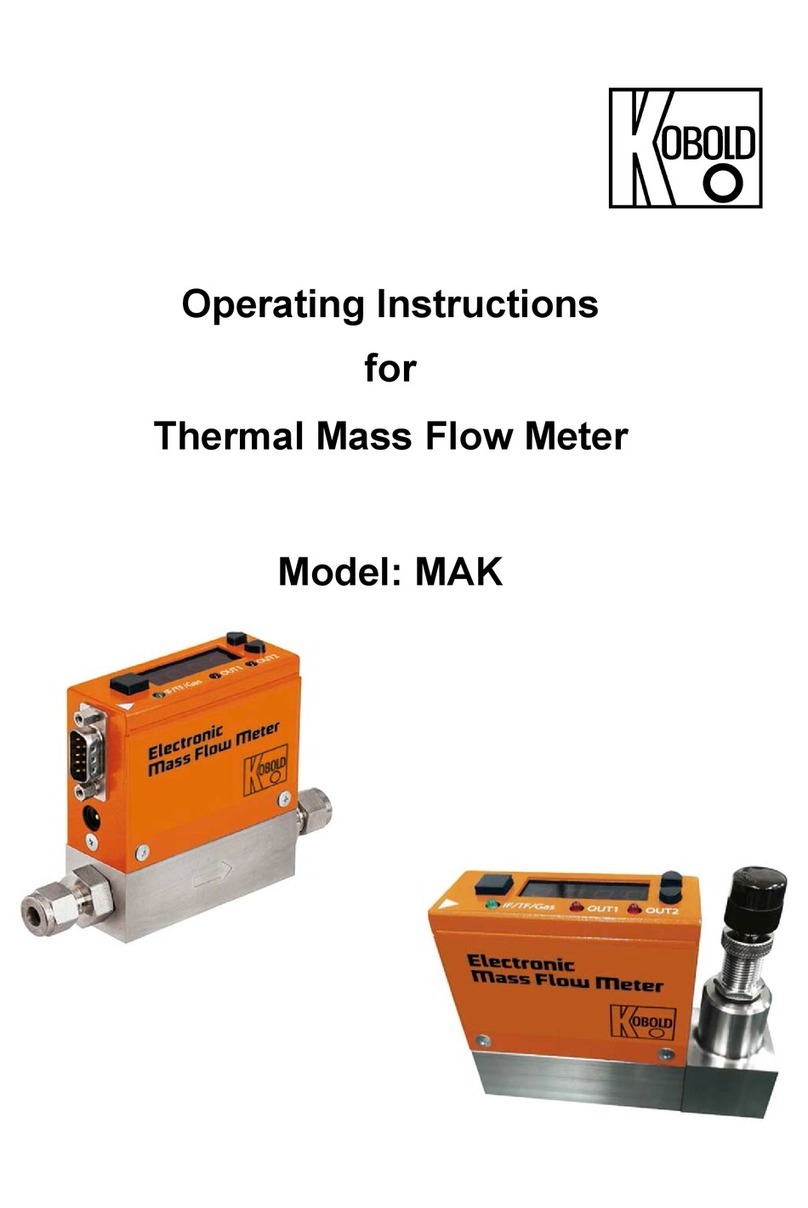
Kobold
Kobold MAK User manual

Kobold
Kobold HND-P215 User manual
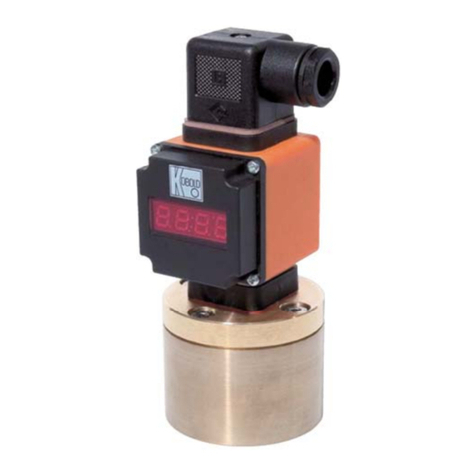
Kobold
Kobold DRZ series User manual
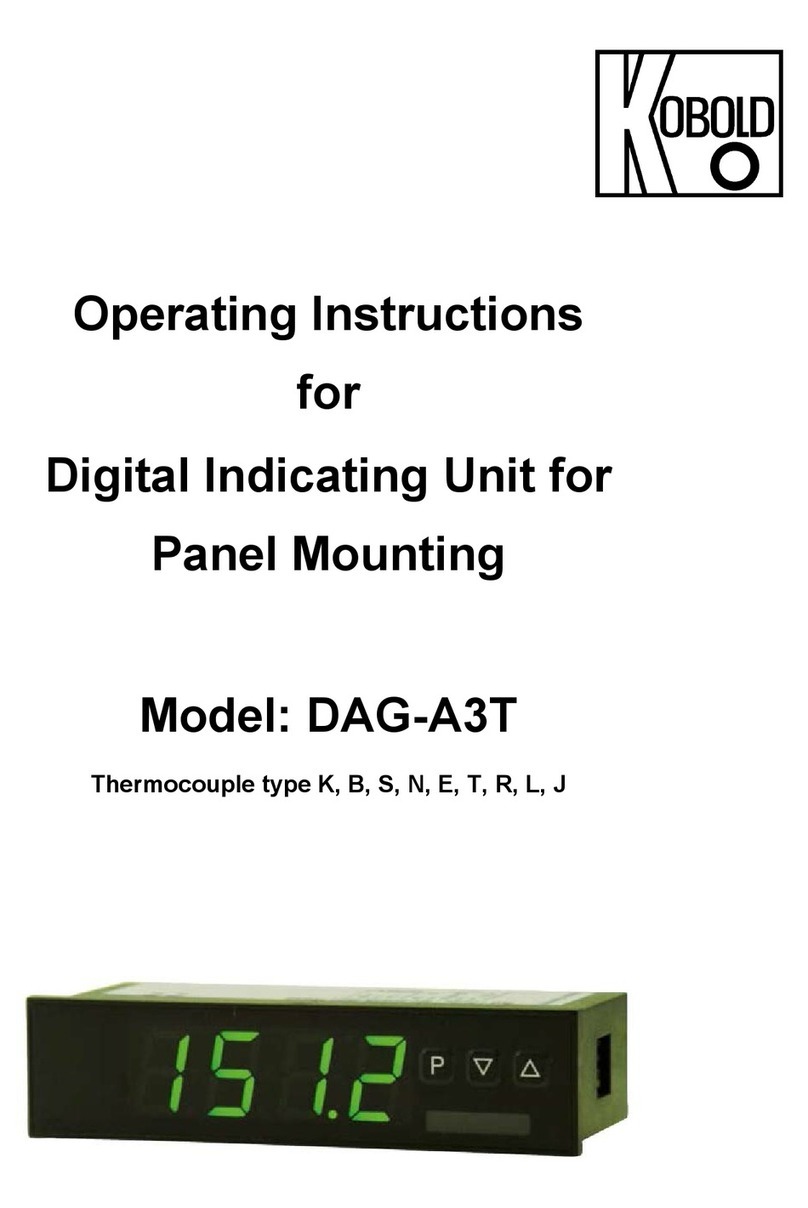
Kobold
Kobold DAG-A3T User manual

Kobold
Kobold DON-L Series User manual
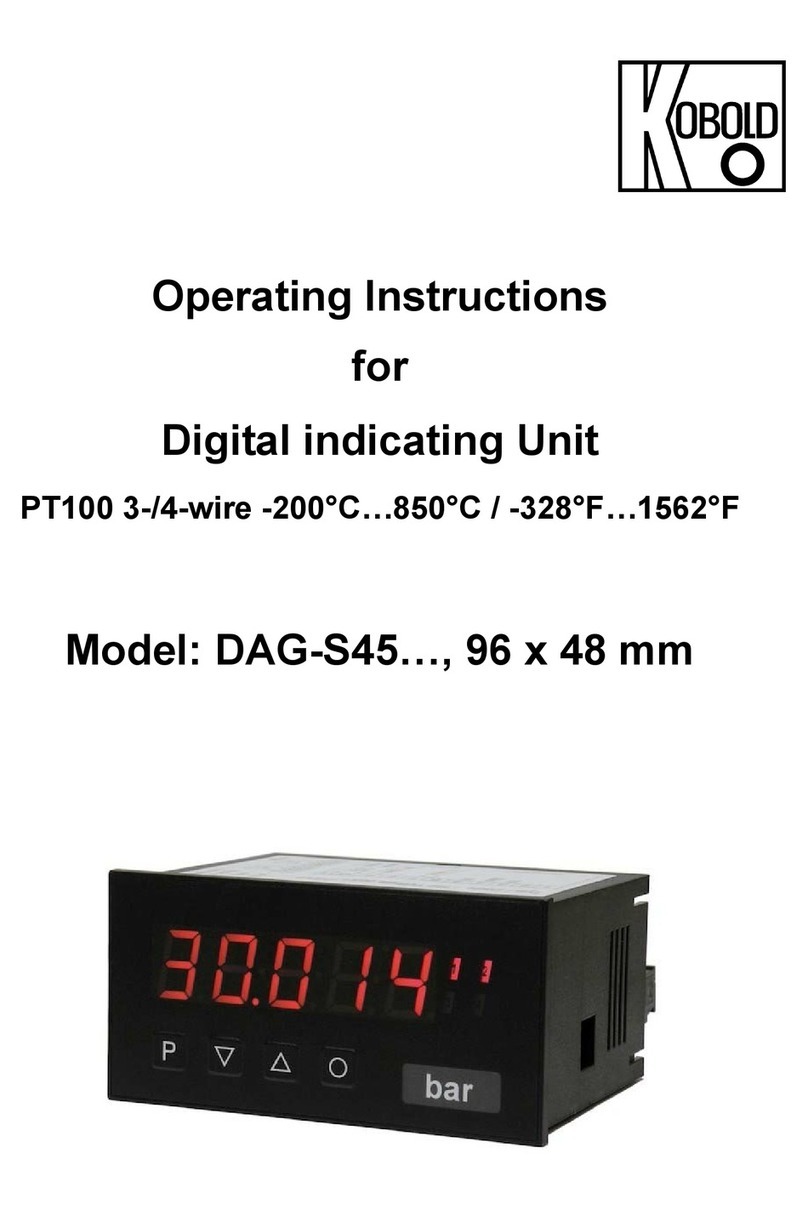
Kobold
Kobold DAG-S45 Series User manual
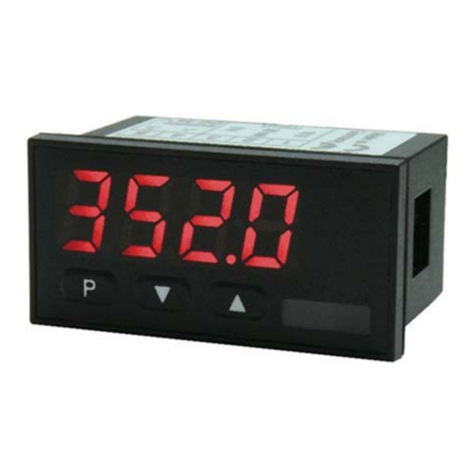
Kobold
Kobold DAG-M12 User manual
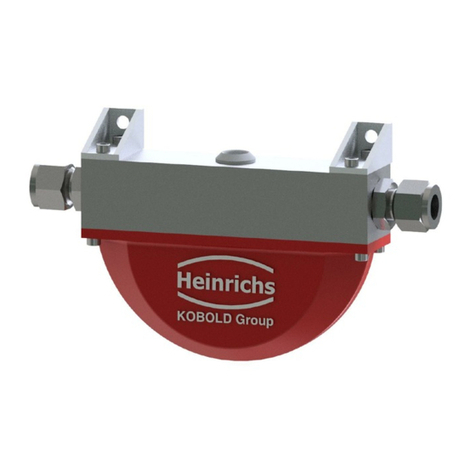
Kobold
Kobold HPC-S02 User manual
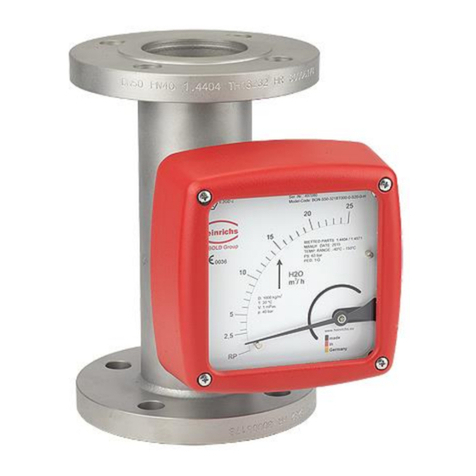
Kobold
Kobold Heinrichs BGN Series User manual

Kobold
Kobold ZUB-MANS-KON1/2 User manual
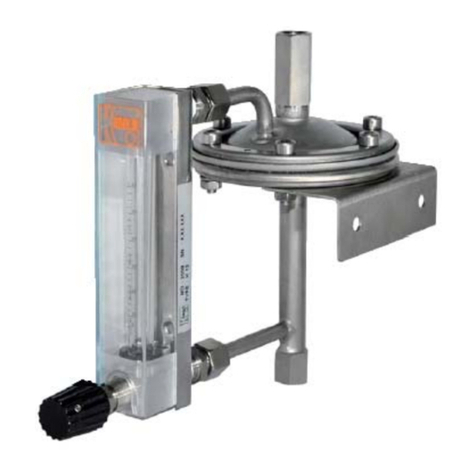
Kobold
Kobold KDF-2 Series User manual
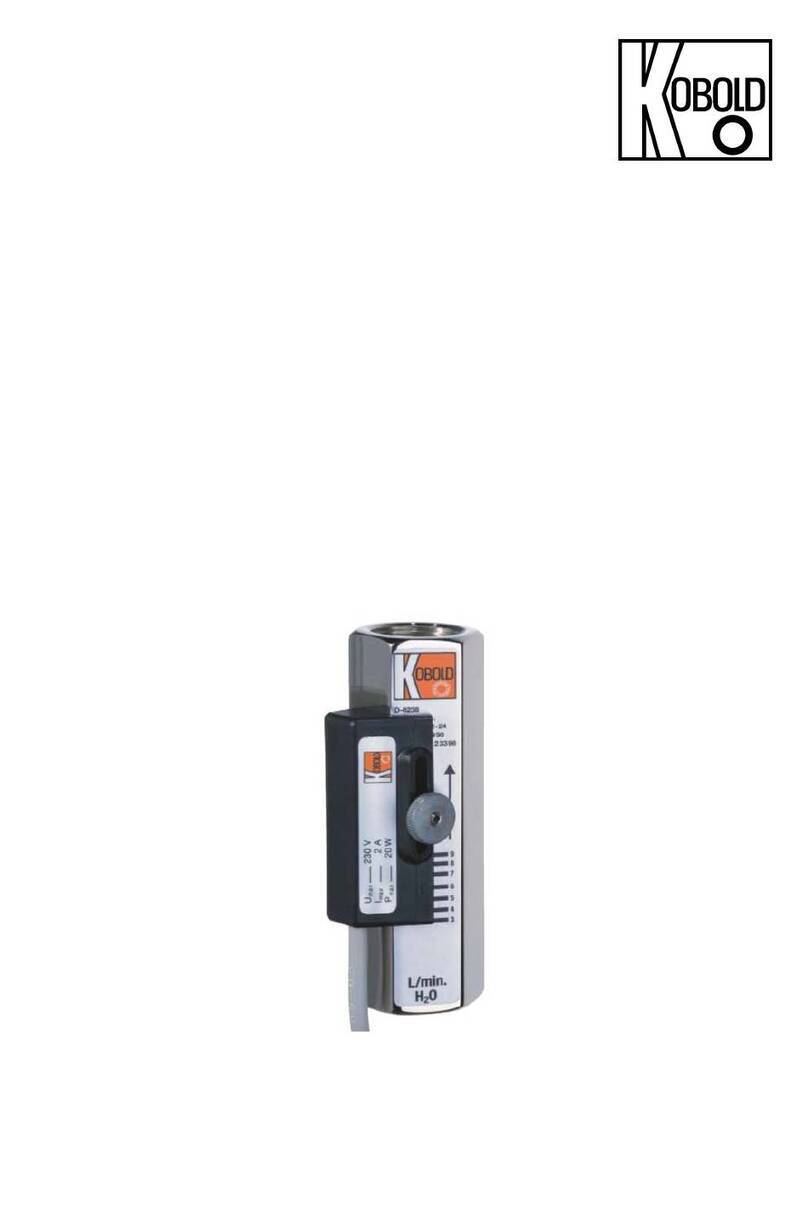
Kobold
Kobold SWK User manual
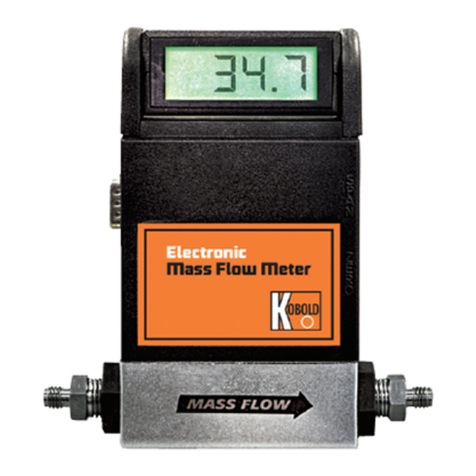
Kobold
Kobold MAS Series User manual
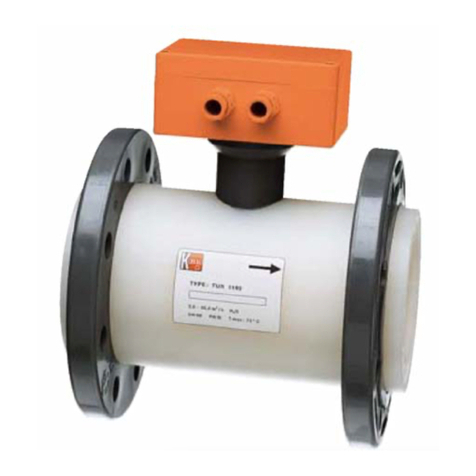
Kobold
Kobold TUR Series User manual

Kobold
Kobold HND-F215 User manual
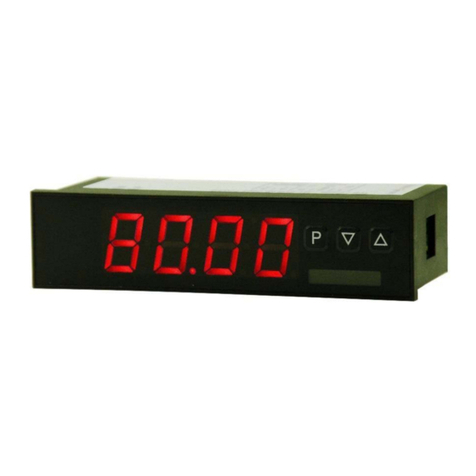
Kobold
Kobold DAG-A3B User manual
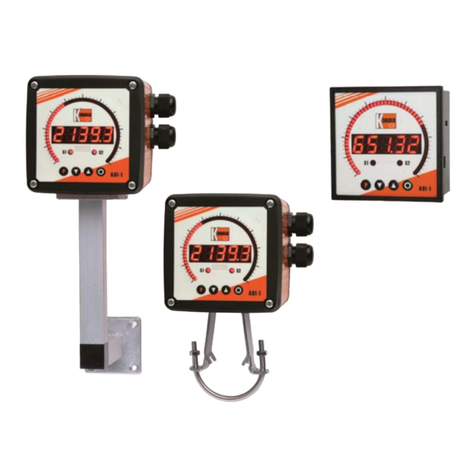
Kobold
Kobold ADI-1F Series User manual
Popular Measuring Instrument manuals by other brands

Powerfix Profi
Powerfix Profi 278296 Operation and safety notes

Test Equipment Depot
Test Equipment Depot GVT-427B user manual

Fieldpiece
Fieldpiece ACH Operator's manual

FLYSURFER
FLYSURFER VIRON3 user manual

GMW
GMW TG uni 1 operating manual

Downeaster
Downeaster Wind & Weather Medallion Series instruction manual

Hanna Instruments
Hanna Instruments HI96725C instruction manual

Nokeval
Nokeval KMR260 quick guide

HOKUYO AUTOMATIC
HOKUYO AUTOMATIC UBG-05LN instruction manual

Fluke
Fluke 96000 Series Operator's manual

Test Products International
Test Products International SP565 user manual

General Sleep
General Sleep Zmachine Insight+ DT-200 Service manual

